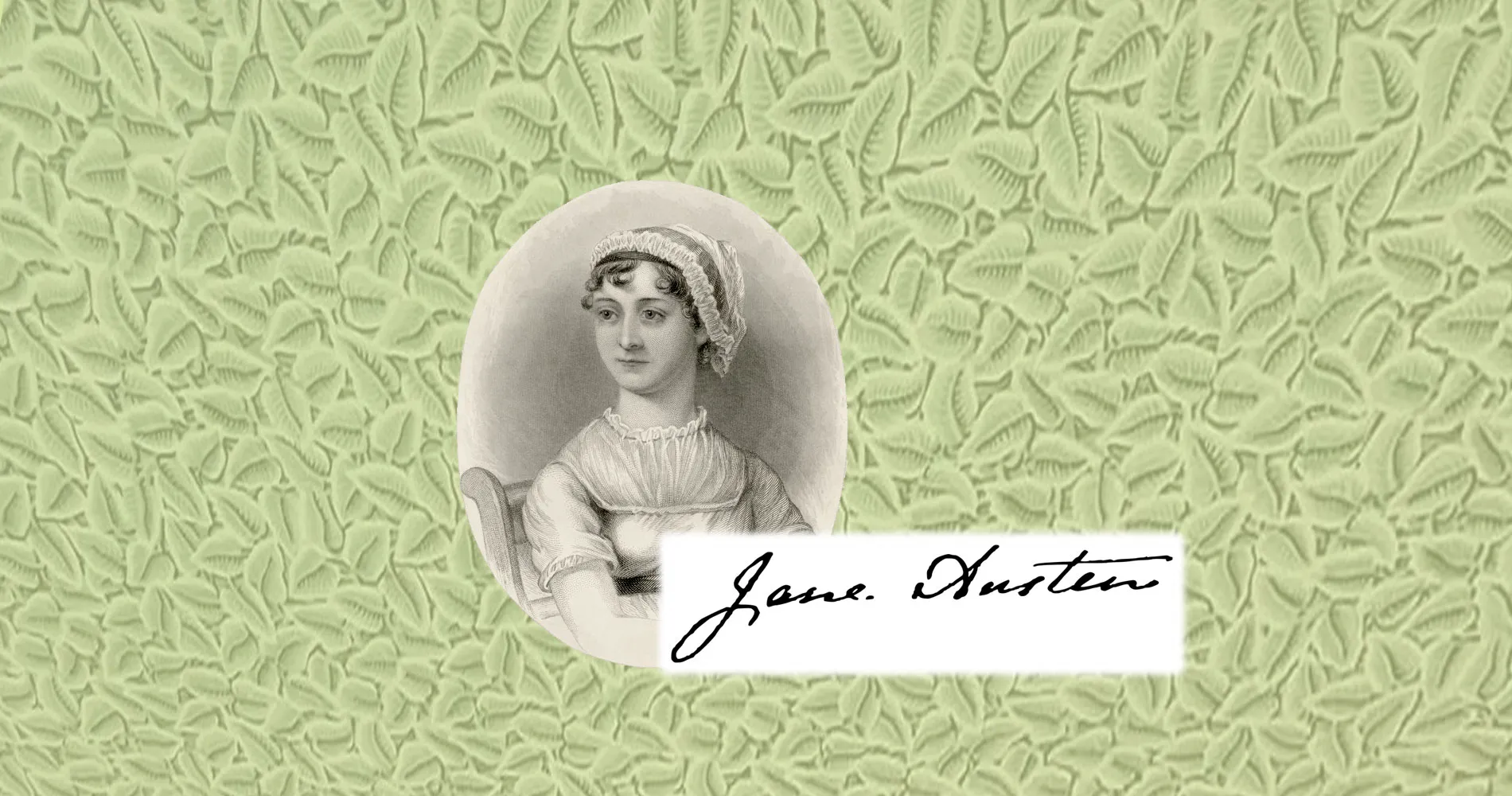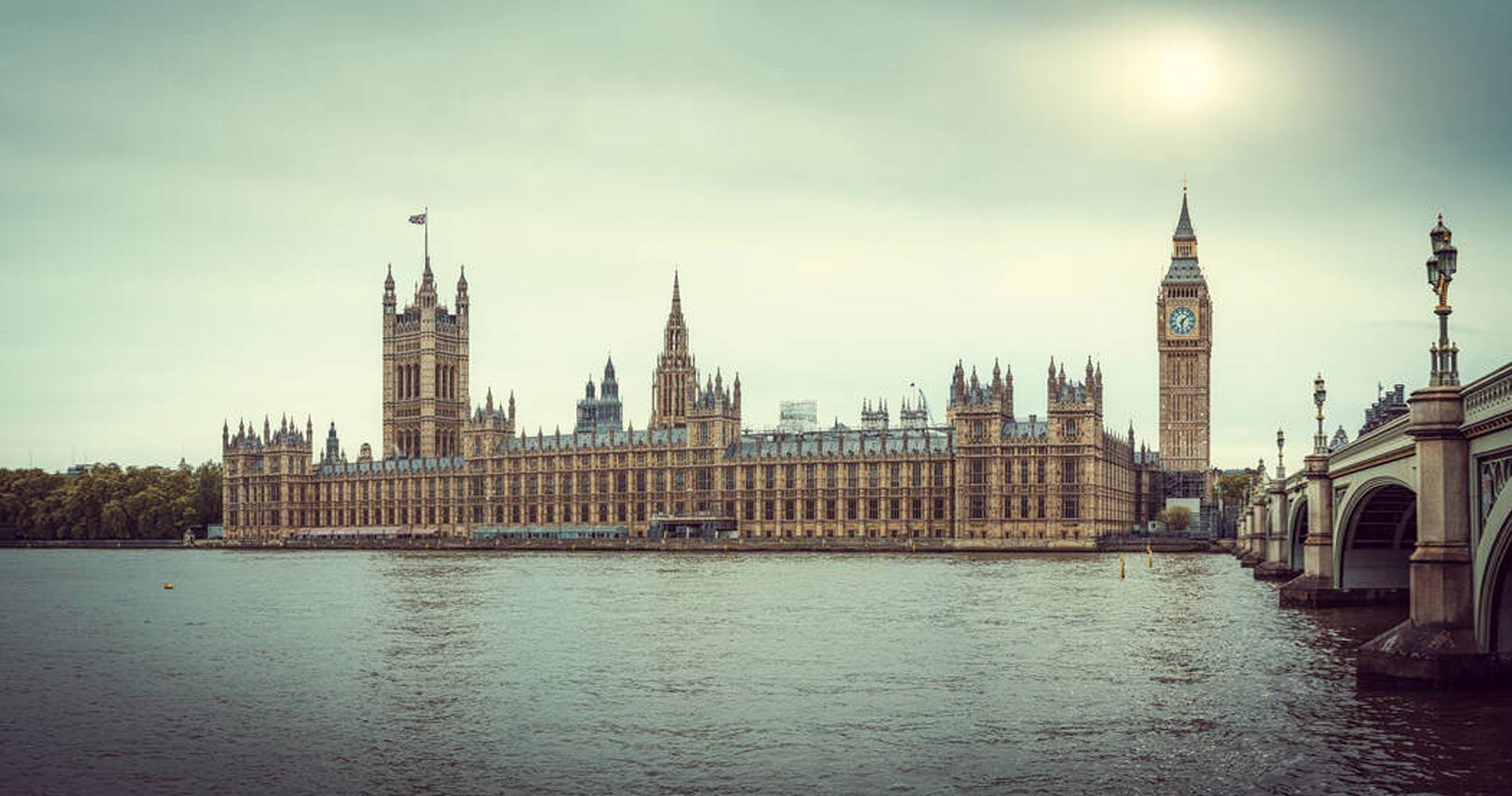Jane Austen is one of the great novelists whose books and their film versions continue to mesmerize audiences around the globe. Bridget Jones Part 4 was released on 12 February 2025. Bridget’s character is modeled on Jane Austen’s protagonist, Elizabeth Bennet, from her classic novel “Pride and Prejudice”. This year marks Austen’s 250th anniversary. She lived during the Regency period, when women in general had very few rights, no educational prospects and little or no possibilities for gainful employment. They depended on men for their financial survival and their position in society. Austen showed the way forward for women and for novelists. Her novels have remained in print for almost 250 years and have been translated into over 40 languages.
David Deegan
3 March 2025
French version
Hugely popular novelist Jane Austen was born in Steventon, Hampshire, United Kingdom on 16 December 1775, in a close-knit but not especially wealthy family. As a typical Georgian lady, Austen’s life was slow by today’s standards, spending her time going for walks, writing and reading letters, taking tea with neighbors. Travel was slower and more challenging in that time; some people never left the villages where they were born, restricting opportunities to socialize. In her novels, with an eye for seemingly inconsequential details, and an ear for memorable dialogue, Austen captured a Georgian society that seemed obsessed with creating favorably fiscal matches between gentlemen and young ladies. The slow-paced life, and the tiny, gossip-driven social circles Austen evoked continues to enthrall readers across the globe.
Her six completed novels have been translated into over 40 languages, and sold over 30 million copies worldwide, with “Pride and Prejudice” selling over 20 million alone. In 2022 a first edition of Emma, containing a handwritten message from Austen, was sold for USD 424,794 at auction, making it her most expensive book. During Covid lockdown when people’s lives slowed down and their social and geographical circles shrank, reflecting Austen’s world, according to Nielsen Bookscan, the sales of the Penguin edition of “Pride and Prejudice” shot up by 22 percent.
She created many memorable characters, several of them extremely comical. Her descriptions and dialogue challenged the society in which she lived. Her heroines are frequently headstrong with clear opinions, written at a time when women had little say in their own lives and were not allowed to inherit. The lack of potential inheritance meant that much of a woman’s life was focused on ensuring she did marry, and to refuse a proposal was virtually unthinkable, yet Austen’s heroine Elizabeth does so twice. In 1802, when she was in her late 20s, Jane briefly accepted a proposal from Harris Bigg-Wither, younger brother of two of her close friends. However, as headstrong as her own characters, she changed her mind the next morning.
Austen’s novels have been filmed many times, mainly in period dramas, but testament to her characters’ enduring relevance, the novel/film “Bridget Jones’ Diary” (2001) is a version of “Pride and Prejudice” and “Clueless” (1995) is based on “Emma”.
Austen was the seventh of eight children, with six brothers and one older sister, Cassandra. In 1795, she began writing “Elinor and Marianne”, a novel about the Dashwood sisters, but did not have it published at that time. Much later this was reworked and retitled “Sense and Sensibility”. The following year, she wrote “First Impressions” which her father submitted to the London publishing firm Cadell & Davies in November 1797. Thomas Cadell rejected the manuscript with a curt note; “Declined by return of post”. This was the first version of what would ultimately become “Pride and Prejudice”.
In 1801 her father, George Austen, announced the family would move to Bath in the West of England. Austen undoubtedly gained much creative inspiration from this time, as Bath was at the time, a resort town for those with wealth, bringing an entourage of gossipers and social climbers.
George Austen’s had a wealthy cousin, Thomas Knight. Knight and his wife were childless and in need of an heir to inherit their estate in Chawton, Hampshire. In a practice that was common in the day, the Austen’s third son, Edward, was adopted by the Knights. This ultimately proved fortunate for Jane’s family and by extension her career as an author.
In 1805, her father died, and because at that time women could not inherit, this left Jane, Cassandra and their mother without enough money to live comfortably – a situation which is echoed in “Sense and Sensibility”. Thankfully her brother, the now wealthy Edward Austen-Knight, was able to house them in a small cottage on the Chawton Estate. Now supported by a benefactor, Jane was able to concentrate on her writing.
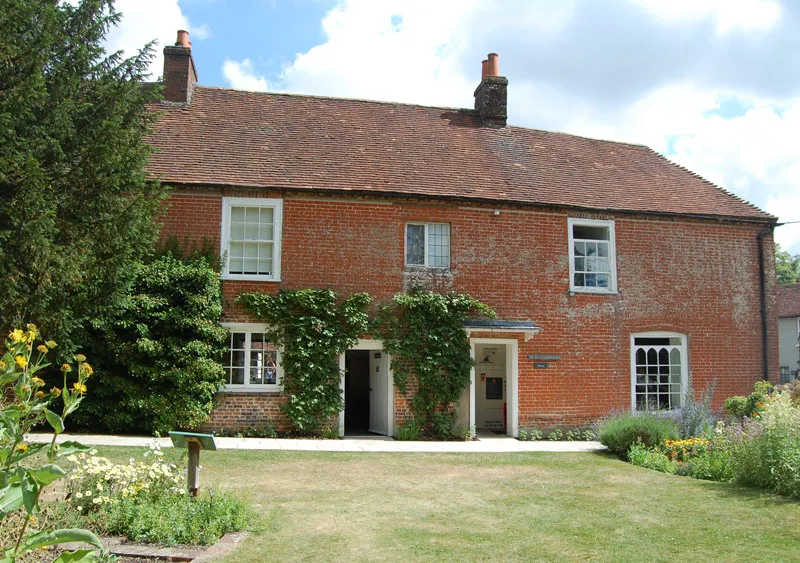 Jane Austen’s cottage in the village of Chawton, Hampshire, UK. © By R ferroni2000 – Own work, CC BY-SA 4.0, https://commons.wikimedia.org/w/index.php?curid=62825231
Jane Austen’s cottage in the village of Chawton, Hampshire, UK. © By R ferroni2000 – Own work, CC BY-SA 4.0, https://commons.wikimedia.org/w/index.php?curid=62825231
While Bath often receives much attention from tourists wishing to relive the Regency society life that Jane would have seen and then written about, the small family home in Chawton gives visitors a more accurate sense of her life as an author. They still retain the small desk where she would write secretively. At that time, paper was extremely expensive, and sheets were relatively small. Letters from the time show cramped handwriting which maximized every inch. The small sheets that Jane used meant that when someone approached the sitting room, she could easily hide them from view when they entered. Staff in the Chawton cottage pointed out that there is a persistently creaking floorboard just outside that room, and there is a suggestion that this gave Jane adequate warning.
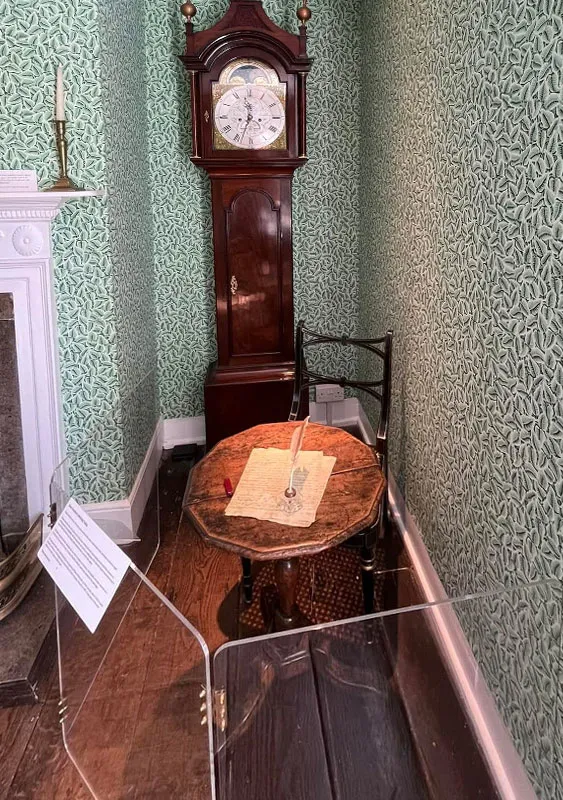 Jane’s writing desk in the Chawton cottage. © David Deegan, iGlobenews
Jane’s writing desk in the Chawton cottage. © David Deegan, iGlobenews
Although she was somewhat secretive about her literary pursuits, her older brother Henry was an active supporter. It was in Chawton that she revised her notes for “Elinor and Marianne” and with his help “Sense and Sensibility” was published in 1811 by Thomas Egerton. Her name did not feature as the author and the words “By a lady” appeared on the front cover instead. It is uncertain as to the reason she remained anonymous at this time, but the words “By a lady” would indicate to a potential reader that the content was unlikely to be lewd or uncivil. The novel was a success, with the first print run selling out in two years. “Pride and Prejudice” followed in 1813, with the words “By the author of ‘Sense and Sensibility’” appearing on the cover. Cadell must have rued rejecting the book in 1797 because the first edition, around 1500 copies, sold out in less than a year.
Still writing somewhat privately, Jane apparently read “Pride and Prejudice” out loud to her mother and sister in the Chawton drawing room, without revealing herself as the author until she had reached the end and they had declared they loved it.
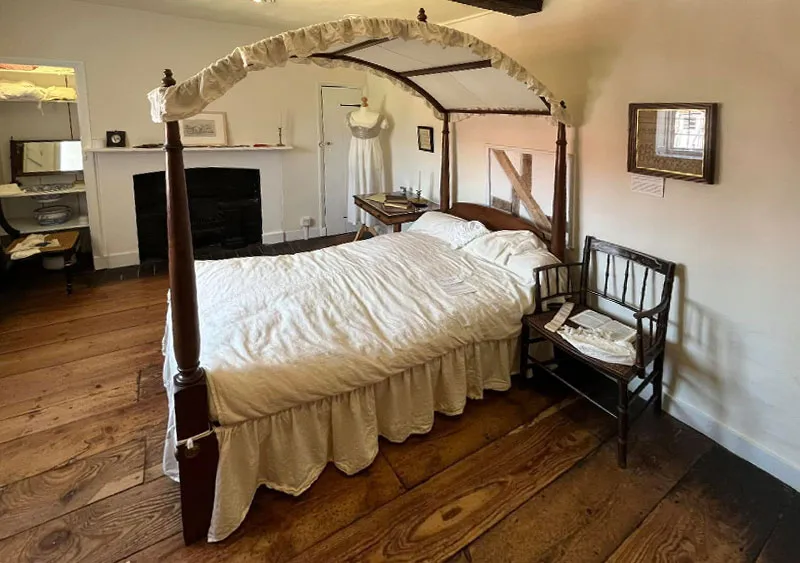 Jane’s bedchamber in the Chawton cottage. © David Deegan, iGlobenews
Jane’s bedchamber in the Chawton cottage. © David Deegan, iGlobenews
“Mansfield Park” and “Emma” followed in 1814 and 1815 respectively. Austen wrote of her character, Emma, “I’m going to take a heroine whom no one but myself will much like.” She dared to write a story about an imperfect, “unlikable” woman who held strong opinions and made mortifying mistakes. She therefore fully expected her to polarize her readers, but she did it anyway, and in so doing created a character whose flaws were so real that she continues to resonate with modern readers.
Although she continued to write she became severely ill. The exact cause of death is still unknown but her symptoms, including fever, back pain, nausea and irregular skin pigmentation, have suggested that she most likely suffered from Addison’s disease. On 18 July 1817 she died at the age of 41. Later that year, Henry Austen arranged for the publication of “Northanger Abbey”, and finally, in Henry’s self-penned introduction, was Jane finally revealed as the author of this and her previous beloved works.
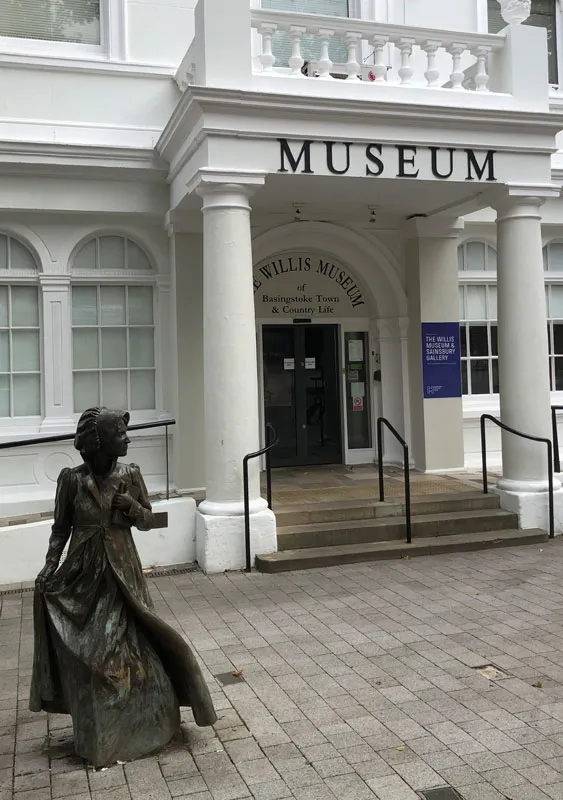 Statue of Jane Austen unveiled in 2017 on the 200th anniversary of her death, outside Willis Museum in Basingstoke, UK. The museum building is on the site of the Mote Hall where Jane Austen attended dances. © David Deegan, iGlobenews
Statue of Jane Austen unveiled in 2017 on the 200th anniversary of her death, outside Willis Museum in Basingstoke, UK. The museum building is on the site of the Mote Hall where Jane Austen attended dances. © David Deegan, iGlobenews
Jane was very close to her sister Cassandra and sent her many letters containing witty observations of the people she mixed with. Soon after Jane died, Cassandra destroyed many of them, presumably to preserve the dignity of the people mentioned within them and/or her family who might be embarrassed if they became public. It is through the letters that do remain, that biographers have been able to make inferences about Austen’s life. The destruction of the letters created disappointment for historians and fans, but it also protected Jane and those around her.


